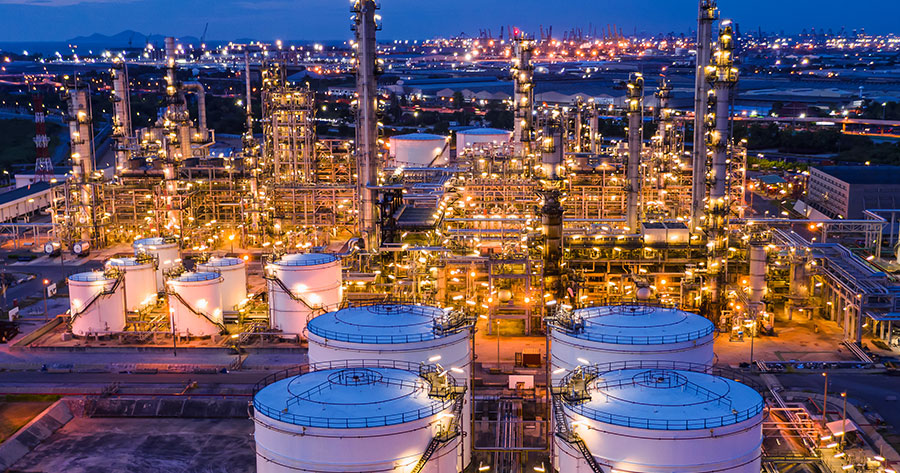Sri Lanka enters default for the first time since it independence as the government struggles to halt an economic meltdown that prompted mass protests and a political crisis.
Policy makers flagged to creditors that the nation wouldn’t be able to make payments until the debt is restructured, and is therefore in pre-emptive default, central bank Governor Nandalal Weerasinghe said at a briefing Thursday.
The coupon payments, originally due April 18, were worth $78 million combined on notes due in 2023 and 2028, with a 30-day grace period that expired on Wednesday.
The government to announced last month it would halt payments on its $12.6 billion pile of foreign debt to preserve cash for essential goods.
Its bonds are among the worst performers in the world this year and trade deep in distressed territory, with holders bracing for losses approaching 60 cents on the dollar.
On the debt due in 2023 and 2028, the clause is triggered if any payment that exceeds $25 million is not met. The country was already declared in selective default by S&P Global Ratings in late April.
Sri Lanka is in talks with the International Monetary Fund for a bailout and needs to negotiate a debt restructuring with creditors. The country has previously said it needs between $3 billion and $4 billion this year to pull itself out of crisis.
“It’s not a surprise,” said Guido Chamorro, the co-head of emerging-market hard-currency debt at Pictet Asset Management, which holds Sri Lankan bonds. “It was well flagged and mostly priced with most bonds priced in the high 30s.”
The new government is yet to fill the role of the finance minister as of yet.



